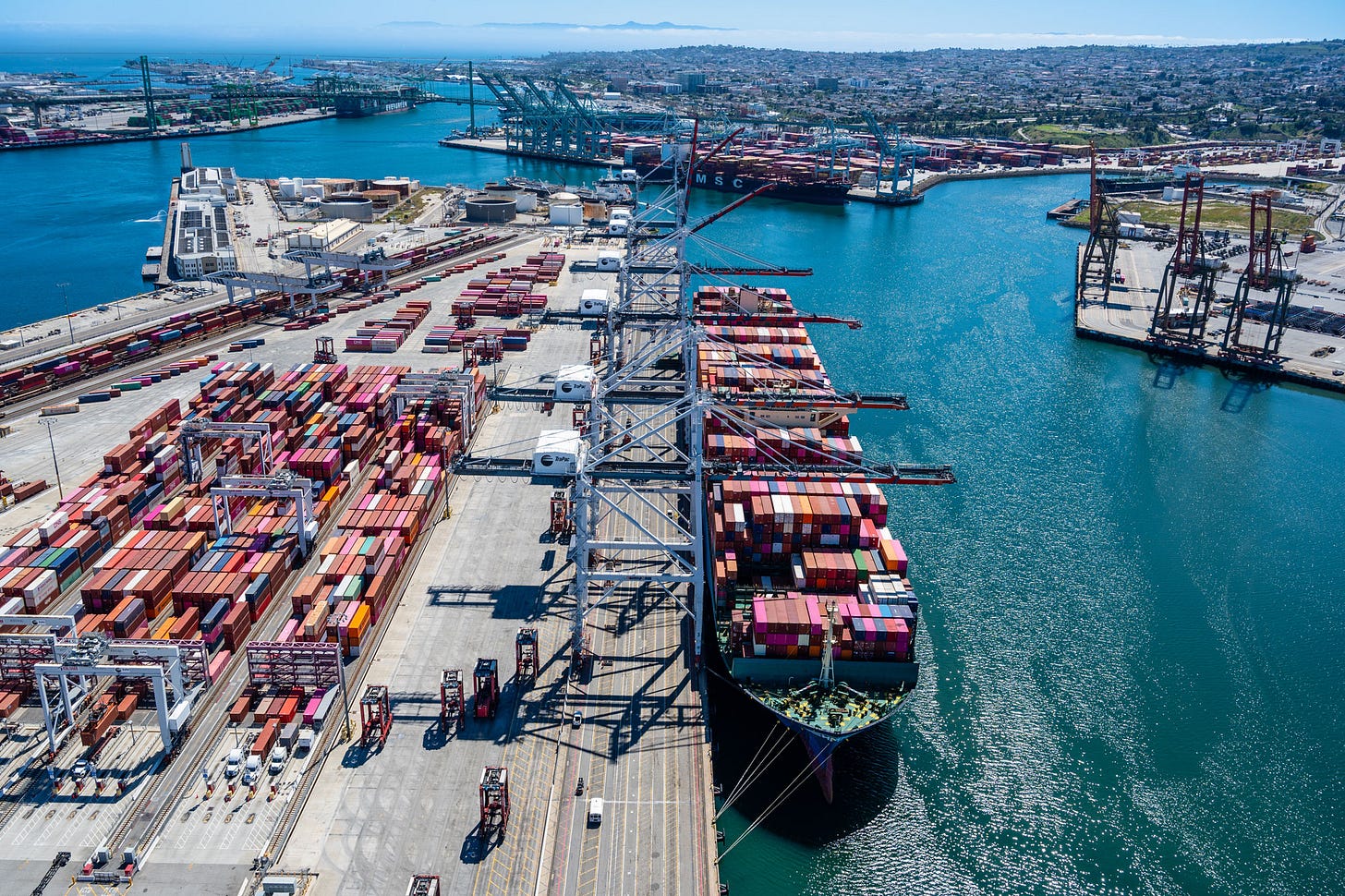Expect Higher Prices: U.S. Eliminates Duty-Free Imports on Low-Cost Goods from China and Hong Kong
From fast fashion to gadgets, everyday items will now face tariffs and longer shipping times under new trade rules.
Publisher’s note: This story is national but is being shared locally because of the action’s potential impact on local businesses and consumer finances.
Holly Springs, NC, May 2, 2025—Early Friday morning, the US officially ended (document) the long-standing de minimis exemption for imports from China and Hong Kong, a move that will significantly reshape pricing, shipping timelines, and supply chains for U.S. consumers and small businesses.
Effective May 2, 2025, goods valued under $800 that previously entered the U.S. duty-free are now subject to steep tariffs. Postal shipments face a 120% tariff or a flat fee of $100 per package, increasing to $200 starting June 1. Shipments via private carriers such as FedEx and UPS are also subject to standard duties, with some Chinese goods facing rates of up to 145%.
The White House cited concerns about the flow of synthetic opioids, as well as broader efforts to address trade imbalances, in its announcement.
Impact on U.S. Consumers
Many low-cost items previously shipped directly to American households will now become more expensive and take longer to arrive. Categories most affected include:
Fast fashion apparel, shoes, and accessories sold by platforms like Shein and Temu.
Low-cost electronics, including earbuds, chargers, and smart home devices.
Home goods such as rugs, wall art, and kitchenware.
Toys, hobby items, and educational kits.
Health and beauty products, including skincare tools and hair accessories.
Packaged specialty foods, teas, and nutritional supplements shipped from Asia.
For example, a $25 pair of sneakers ordered from a direct-to-consumer Chinese seller could now cost $40 or more after tariffs and shipping delays are factored in.
While most fresh groceries and everyday domestic products are unaffected immediately, shoppers looking for specialty foods, health products, or inexpensive consumer goods imported from Asia should expect noticeable price and availability shifts over the coming months.
Challenges for Small Businesses
Under the new rules, small businesses, particularly those relying on frequent, low-volume imports, will face some of the steepest challenges.
Previously, an online boutique might import $500 worth of jewelry, pay no duties, and maintain healthy profit margins.
Now, the same order would face a $600 tariff, dramatically raising the per-item cost. Small retailers would either need to raise prices, risk losing customers, or absorb heavy losses to stay profitable.
Brick-and-mortar stores that import home goods, decor, or specialty foods in small batches will also encounter new hurdles:
Higher inventory costs
Complex customs paperwork
Potential delays in stock replenishment
Greater difficulty competing against larger companies
Unlike major retailers, small businesses typically lack the supply chain infrastructure to absorb these shocks easily. Many are now evaluating whether to shift sourcing domestically, consolidate shipments, or significantly alter their product offerings.
Why Big Companies Are Better Positioned
Larger corporations such as Amazon, Walmart, and Target are less impacted. These companies import goods through containerized shipping, have full customs compliance teams, and can spread cost increases across various products.
As a result, they are better equipped to navigate the tariff changes without immediately passing costs onto consumers. However, broader supply chain impacts may eventually ripple across the retail landscape.
A Major Shift in Trade Policy
The end of de minimis reflects a broader pivot toward trade policies aiming to reduce reliance on low-cost imports and address national security concerns.
While the short-term effect will be increased costs for certain imported goods and challenges for smaller retailers, some policymakers argue that the changes could encourage more domestic production and strengthen supply chain resilience in the long run.

